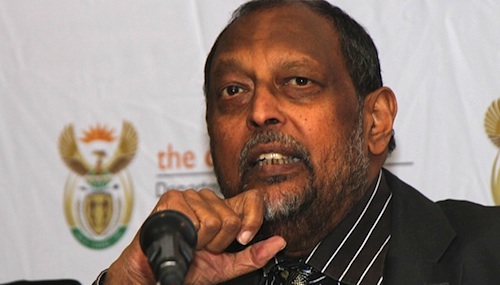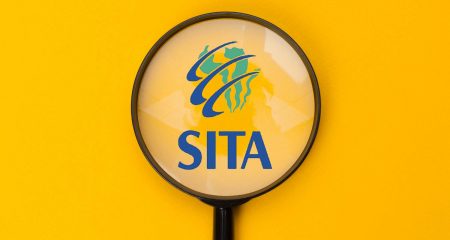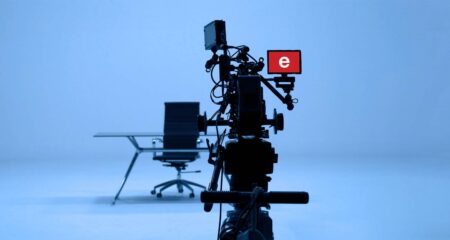
Communications minister Roy Padayachie has provided a little more clarity on government’s thinking about digital terrestrial television and what it would like to see happening once broadcasters switch off their analogue signals freeing up big chunks of scarce radio frequency spectrum.
Padayachie says part of the “digital dividend” — the spectrum to be freed up around 700MHz and 800MHz — will be set aside for mobile communications services. The department of communications is taking advice from industry regulator, the Independent Communications Authority of SA (Icasa), on “a suitable approach to the licensing of the digital dividend and other high-demand bands”.
Competition for the spectrum freed up is set to be fierce, and Padayachie says a Joint Spectrum Advisory Group has been tasked with advising Icasa on the best method for allocating the spectrum and this should be operational by the end of the month.
He says the migration will require at least 70% national population coverage at launch and “Sentech has committed that by April 2012 it will reach 74% network coverage”.
Padayachie says government is confident Sentech will achieve “close to 100% population coverage by the end of the migration process at the end of 2013”.
“The fully revised [digital television] business plan incorporating new channel line-ups is close to completion,” says Padayachie. He says the line-ups, developed by the SABC include channels focused on health and education and that business plans detailing three “funding scenarios” have been submitted to government.
In order to prevent signal piracy SA’s two free-to-air broadcasters, SABC and e.tv, have outlined a plan for set-top box “control mechanisms” which the department hopes will also help “protect subsidised boxes from leaving the country”. Padayachie says this plan “entails establishing a section 21 company or joint venture at which the SABC, e.tv and future free-to-air broadcasters will operate and enjoy the same rights, benefits and responsibilities”. He adds that the broadcasters have opted to call the free-to-air bouquet of channels Multiview.
The department intends to subsidise set-top boxes for the poor and Padayachie says “the scheme for ownership support has been developed and is in the process of being submitted to cabinet for approval by October 2011”.
“One of the cornerstones of the digital migration is the release the digital dividend for the benefit of the [technology] industry as a whole. In this regard, a draft policy direction on the digital dividend review has been submitted to Icasa for initial input as required by the law.”
Padayachie says “given the strategic nature of this spectrum, we will ensure that it is directed towards the attainment of the goals of universal service and access for all”.
He adds that he is “fully aware” of the eager anticipation from the electronic communications industry for “policy and regulatory clarity” because of the implications the licensing of the 2,6GHz and 3.5GHz bands will have.
The department will look at the migration to digital television “against international trends so that the new policy is benchmarked with some leading countries with socioeconomic profiles similar to SA.
Padayachie wants the draft broadcasting policy revised by November 2012, the final broadcasting policy approved by cabinet by March 2013 and the legislative processes to commence by May 2013. — Craig Wilson, TechCentral
- Subscribe to our free daily newsletter
- Follow us on Twitter or on Facebook




